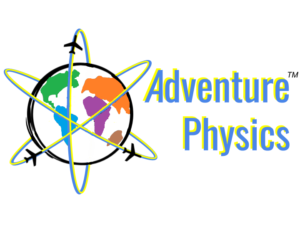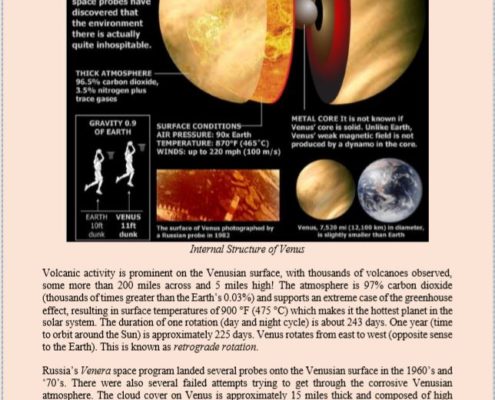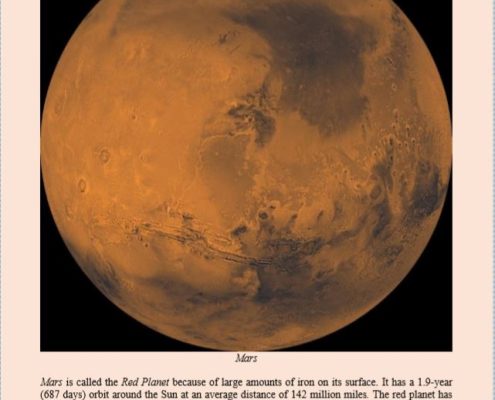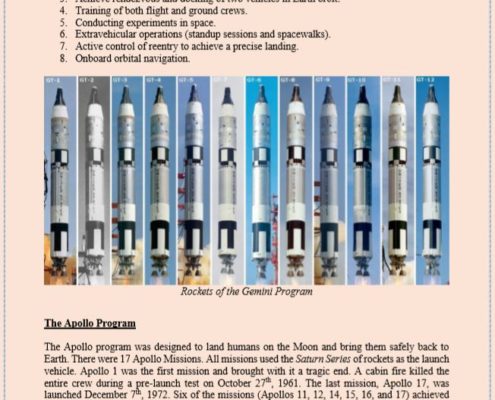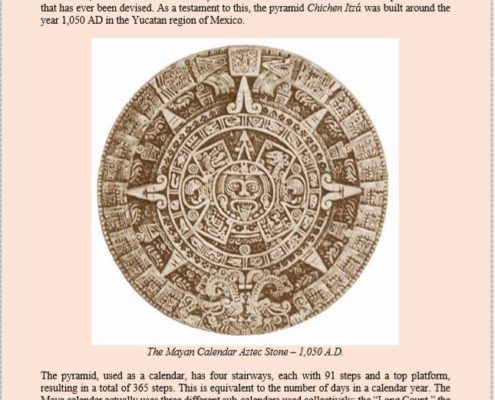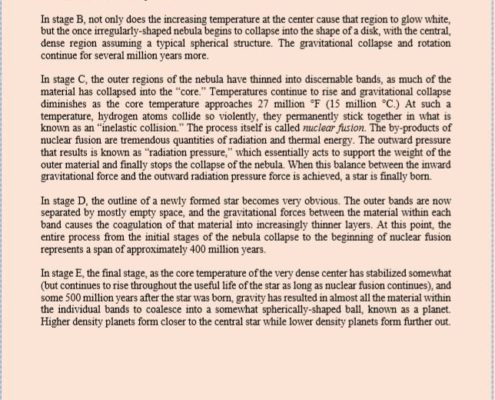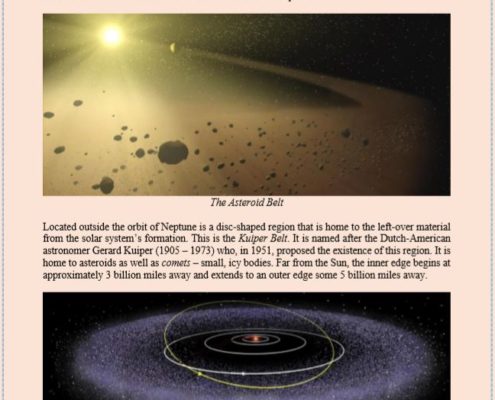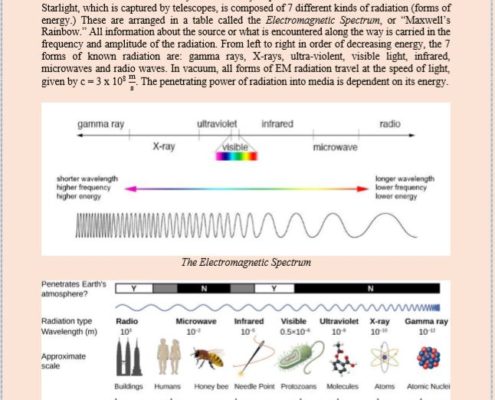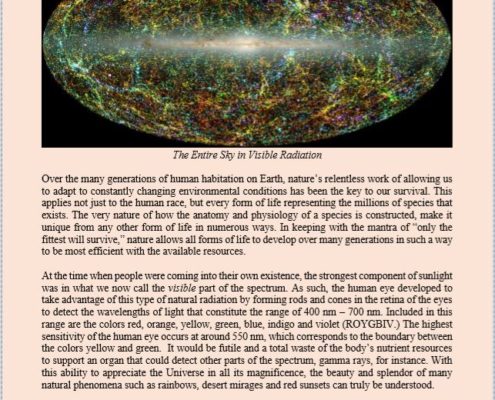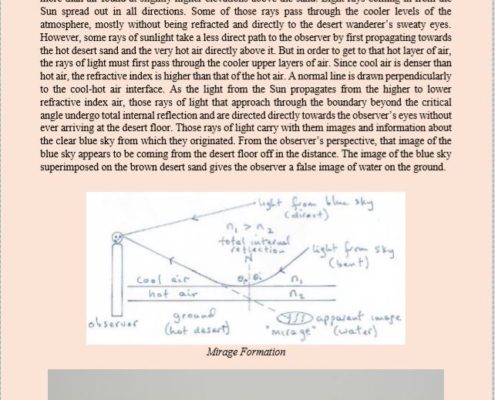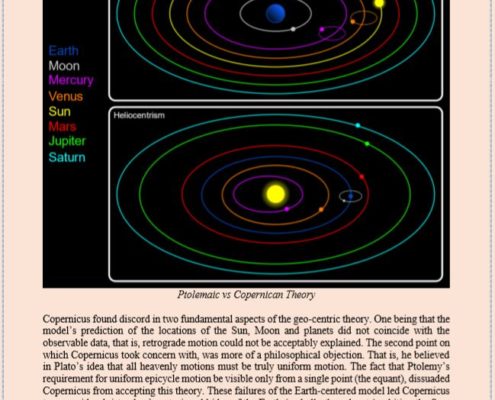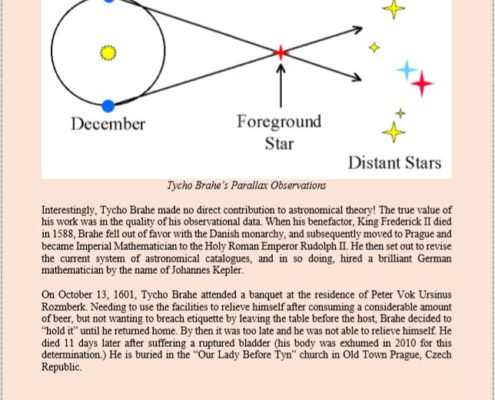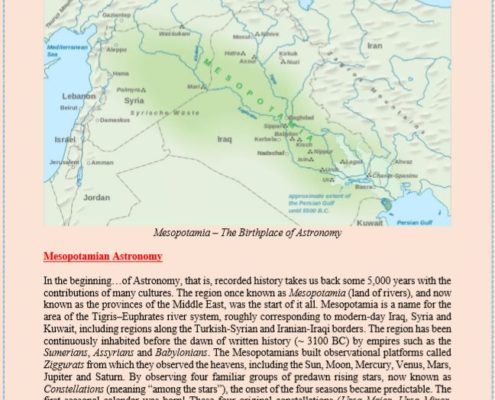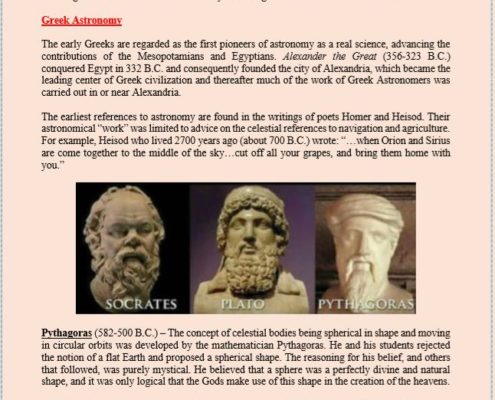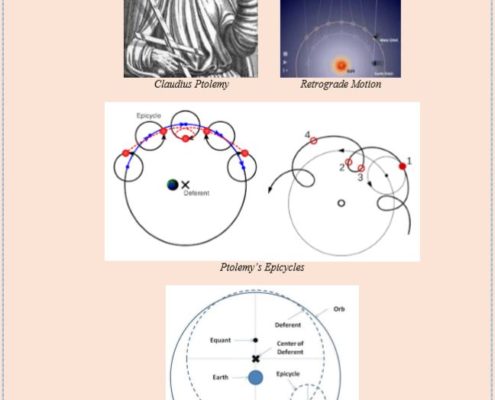An overview of the structure and composition of our solar system. We look at the boundaries and dimensions of the known limits of the solar system. Each planet is studied in depth as we investigate everything from the atmospheric void of Mercury to the habitation of Mars. We also look into why Pluto was demoted from major planetary status.
This chapter looks at the space program in the age of exploration and discovery. We study the spacecraft used in manned and unmanned missions to the Planets and beyond the boundaries of our known solar system.
– The Mercury Program
– The Gemini Program
– The Apollo Program
– Mariner, Messenger, Venera, Viking
– Spirit, Opportunity, Voyager, New Horizons
An investigation is detailed on the early astronomical calendars used by ancient civilizations. The creation of coordinate systems and the origins of predicting seasonal changes are all explained.
– Seasonal Calendars
– Celestial Coordinates & World Time
– Latitude & Longitude
– Declination & Right Ascension
– Seasons of the Year
This chapter looks at the origins of the Solar System as explained by the Nebula Hypothesis. The chronological steps of planet formation are detailed.
– Emanuel Swedenborg
– Immanuel Kant
– Pierre Laplace
– The Nebula Hypothesis
This is a study of the fascinating nature of light, natural phenomena, and the classifications of telescopes.
– The Electromagnetic Spectrum
– Rainbows
– Mirages
– Sunsets
– The Doppler Effect
– Reflecting & Refracting Telescopes
In this chapter, we explore the lives and remarkable contributions of the early pioneers that introduced the foundations of modern Astronomy.
– Nicolas Copernicus
– Tycho Brahe
– Johannes Kepler
– Galileo Galilei
– Isaac Newton
This is a historical review of the origins and foundations of Astronomy. We’ll investigate the minds of “ancient astronomers” and the break-throughs of their time that lead to the birth of a new science.
– Mesopotamian Astronomy
– Egyptian Astronomy
– Greek Astronomy
– Chinese Astronomy
– Mesoamerican Astronomy
